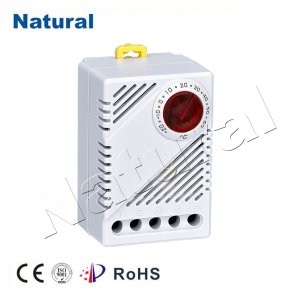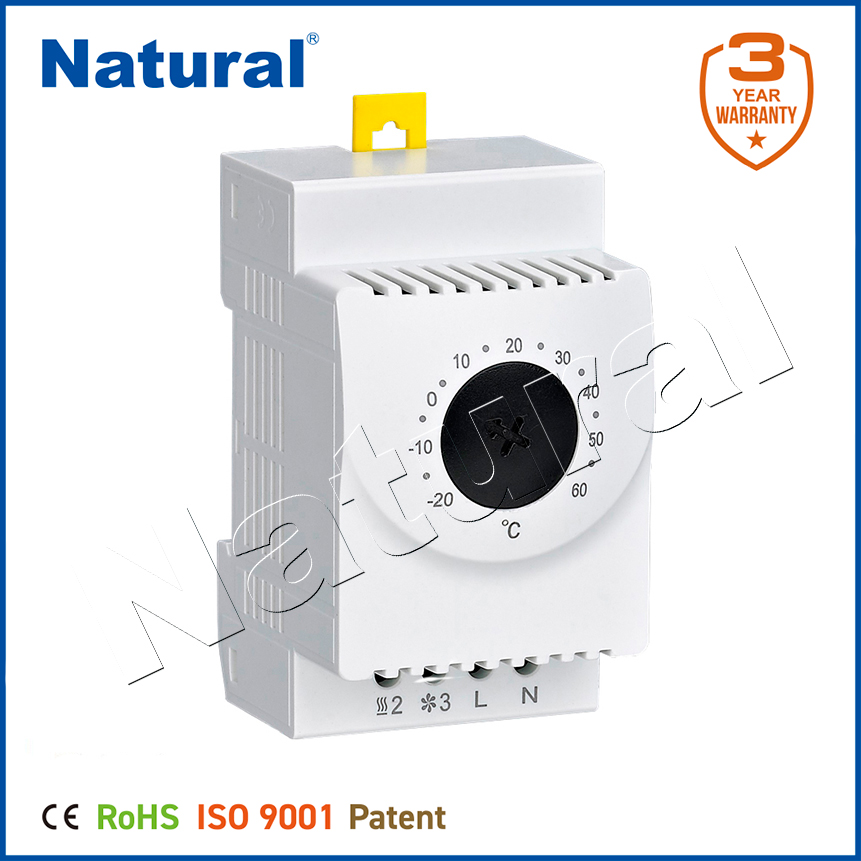In an age where technology continually transforms the way we live, the evolution of temperature control systems has taken a significant leap forward with the advent of electronic thermostats. Unlike traditional mechanical thermostats, electronic thermostats offer enhanced accuracy, flexibility, and energy efficiency. This article delves into the workings of electronic thermostats, their advantages, and their impact on modern heating, ventilation, and air conditioning (HVAC) systems.

What is an Electronic Thermostat?

An electronic thermostat is a device that regulates the temperature of a heating or cooling system by using electronic sensors and components. These thermostats typically feature a digital display that allows users to set their desired temperature with precision. Unlike their mechanical counterparts, which rely on bimetallic strips or mercury switches, electronic thermostats use microprocessors to read temperature data and control the HVAC system accordingly. Electronic thermostats can be programmed to maintain specific temperatures at different times of the day or week. This programmability allows homeowners and businesses to create customized heating and cooling schedules, optimizing energy usage and ensuring comfort.
